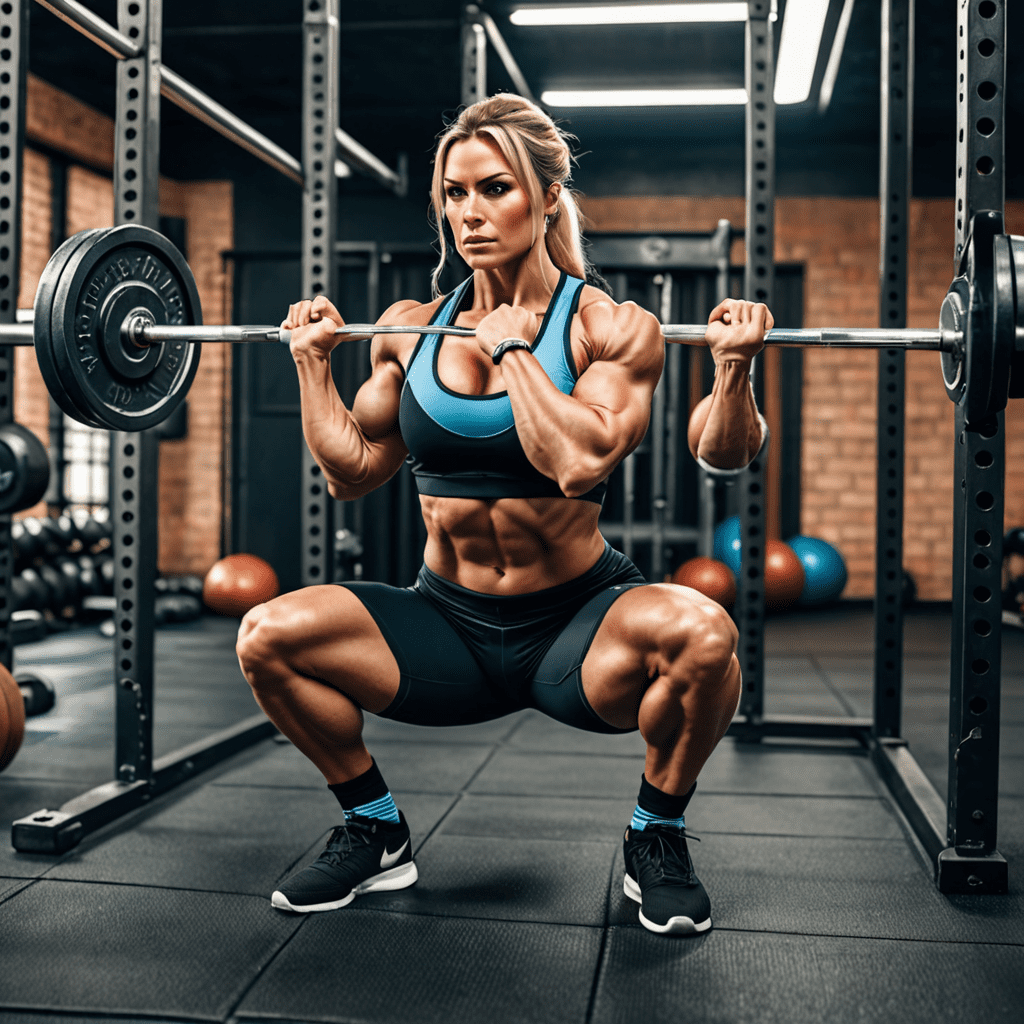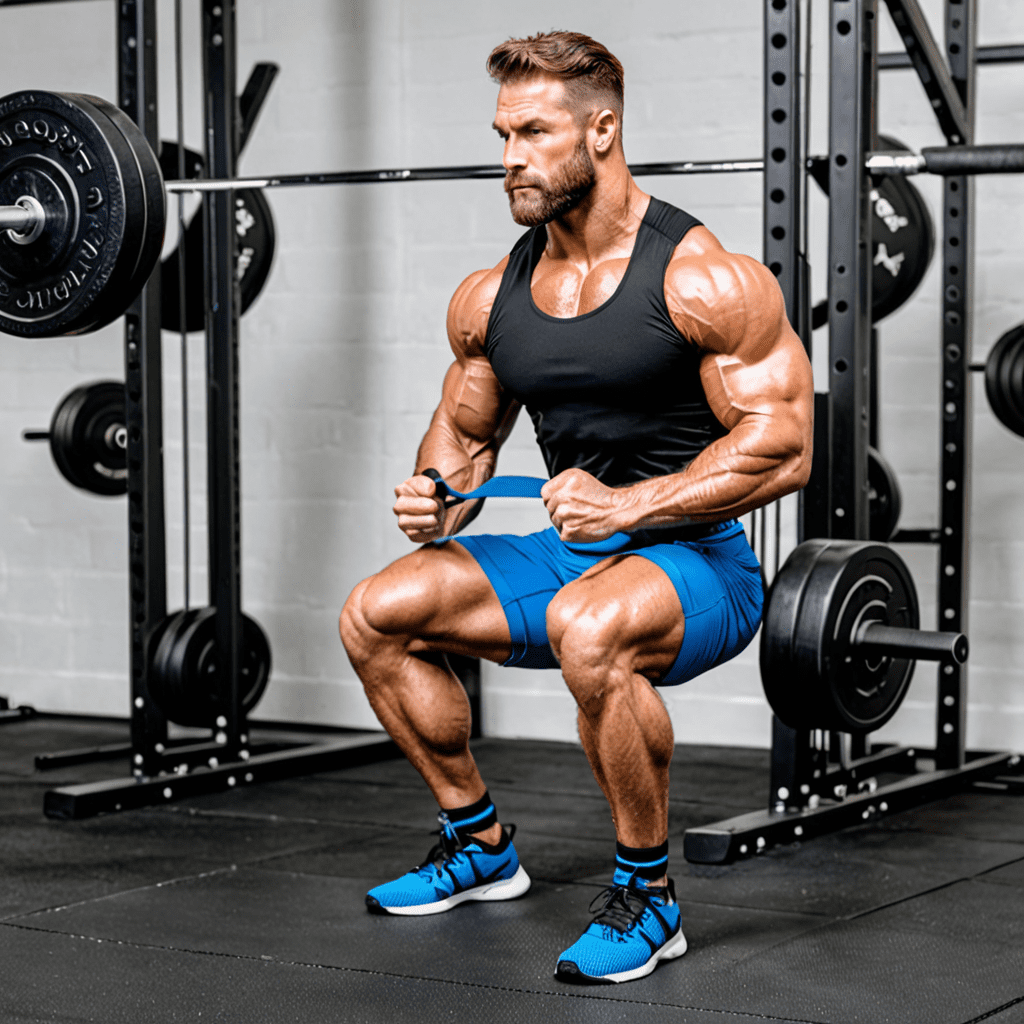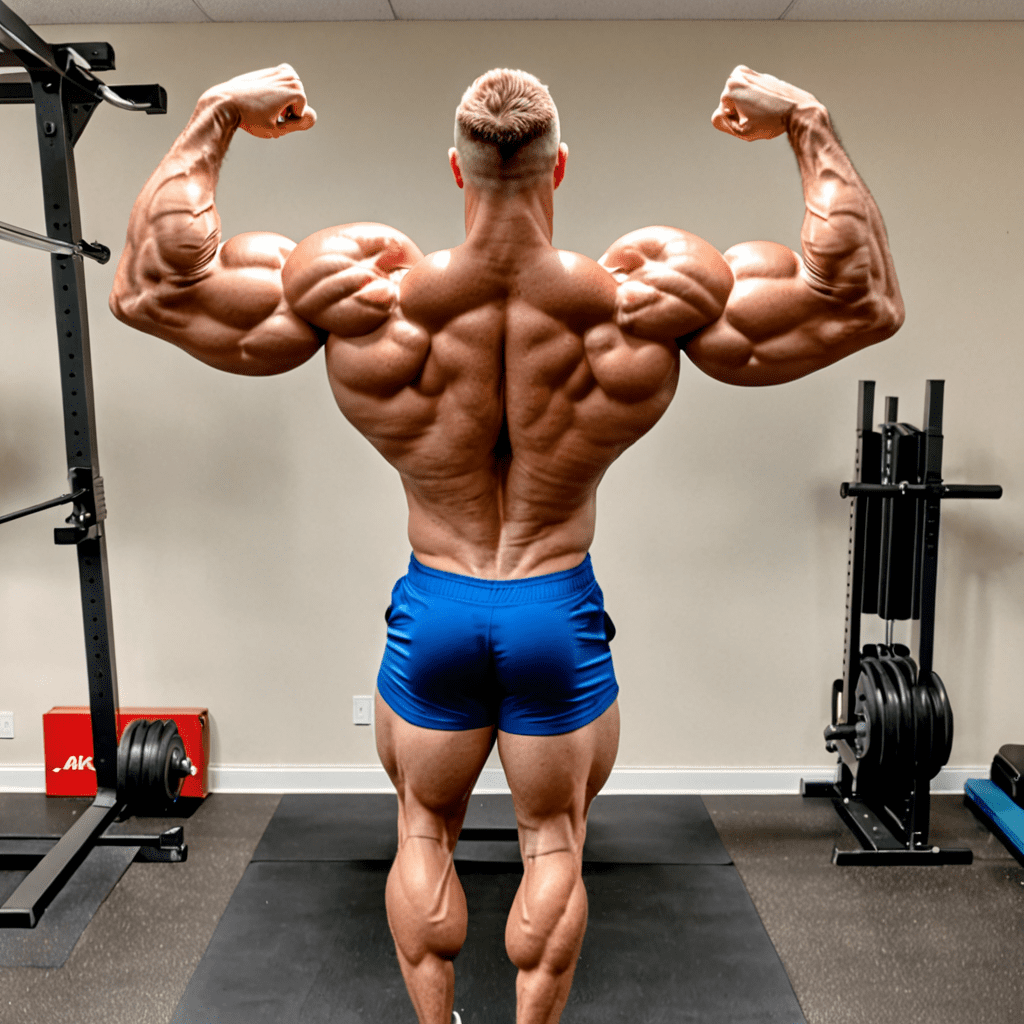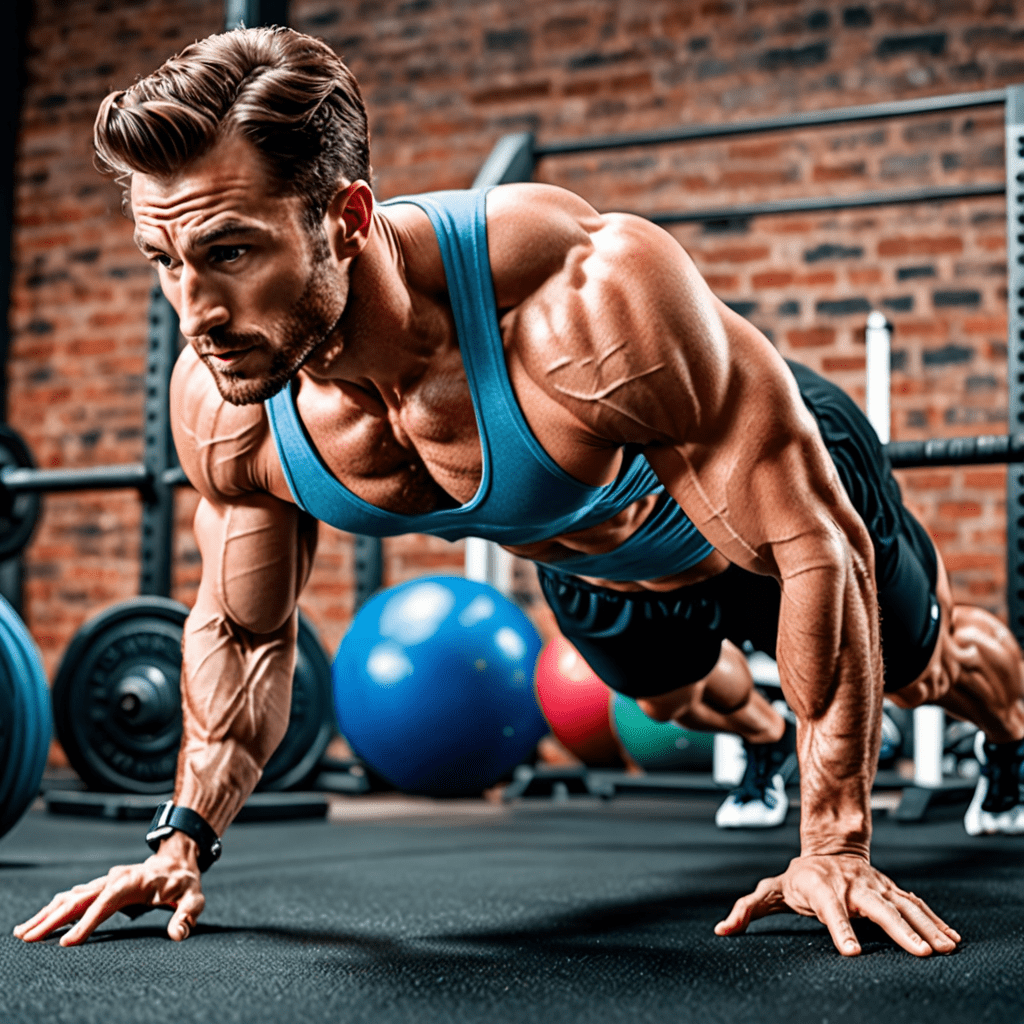
Unlocking the Secrets of the Prisoner Squat: Everything You Need to Know
Introduction
Have you ever wondered what a prisoner squat is and how it can benefit your fitness routine? In this article, we will explore the ins and outs of this exercise and discover why it has become popular among fitness enthusiasts. Whether you are a beginner or an experienced gym-goer, the prisoner squat is a versatile movement that can help you strengthen and tone your lower body.
What is a Prisoner Squat?
A prisoner squat, also known as a hands-behind-head squat, is a bodyweight exercise that primarily targets the muscles in your lower body, including your quadriceps, hamstrings, glutes, and calves. The exercise gets its name from the position of the hands during the movement, which mimics the posture of a prisoner with their hands placed behind their head.
How to Perform a Prisoner Squat
Performing a prisoner squat is simple. Follow these steps to ensure proper form and maximize the effectiveness of the exercise:
- Stand with your feet shoulder-width apart, toes pointed slightly outward.
- Place your hands behind your head, interlocking your fingers or crossing your arms.
- Engage your core and maintain an upright posture throughout the movement.
- Lower your body down by bending at the hips and knees, as if sitting back into an imaginary chair.
- Lower until your thighs are parallel to the ground, or as close as you can comfortably go.
- Push through your heels to return to the starting position.
- Repeat for the desired number of repetitions.
Benefits of the Prisoner Squat
The prisoner squat offers several benefits for individuals looking to improve their lower body strength and overall fitness:
- Strengthens the lower body muscles, including the quads, hamstrings, glutes, and calves.
- Improves functional movement patterns, making activities like walking, running, and climbing stairs easier.
- Enhances core stability and balance.
- Can be done anywhere, as it requires no special equipment.
- Provides a good cardiovascular workout when performed with high repetitions or as part of a circuit.
Frequently Asked Questions (FAQ)
- Q: Can anyone do prisoner squats?
- A: Yes, prisoner squats are suitable for people of various fitness levels. Beginners can start with modified versions, such as assisted squats using a stability ball or a chair.
- Q: How many prisoner squats should I do?
- A: The number of prisoner squats you should do depends on your fitness goals and current fitness level. Start with a number that challenges you without compromising form, and gradually increase the repetitions as you get stronger.
- Q: Can I add weights to my prisoner squats?
- A: Yes, once you have mastered the proper form and feel comfortable with bodyweight squats, you can consider adding weights such as dumbbells or a barbell to increase the resistance and further challenge your muscles.


